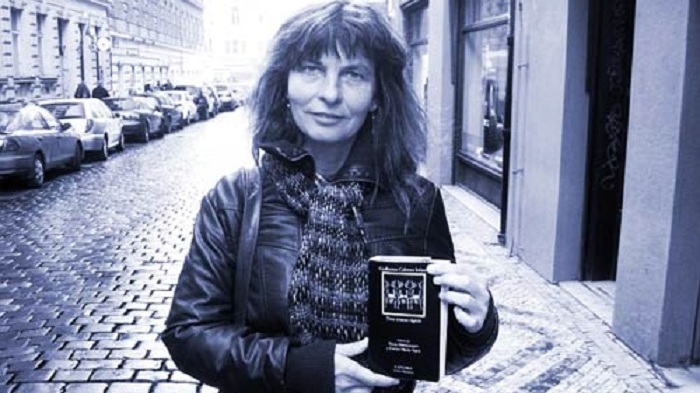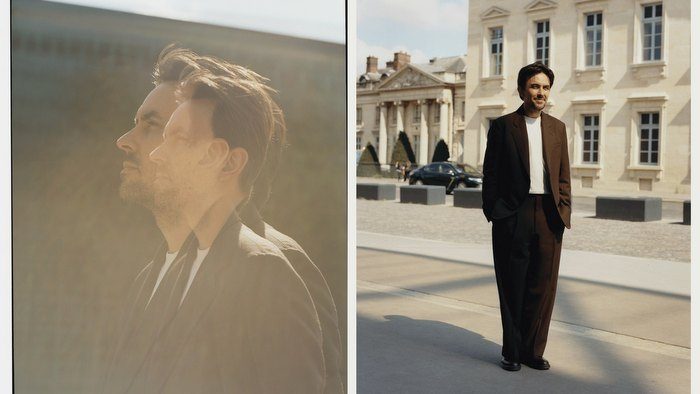By Ricardo Potts
A lot of water has passed since those days in 1969 when Diana Balboa joined the Graphic Experimental Workshop in Havana. Nowadays, her works can be admired in private and state-owned collections in her country and overseas, such as the one showcased at the National Museum of Fine Arts in Havana; and she has carried out numerous exhibitions in Europe and America. Her work has gone through different stages, but all of them express Cuban identity and humanity. We talked to her during the latest exhibition at Espacio Cultural Excelencias, in Madrid.
How did you start your artistic career?
I began my professional career as an engraver, during the 1960s. I had studied to be a teacher and I was actually doing it, but in 1967 I started studying at San Alejandro Academy, and in 1969 I quit everything but fine arts. That was when I joined the Graphic Experimental Workshop in Havana, a space for free creation, for art professionals, where I went deeper into several engraving techniques such as xylography andlithography.
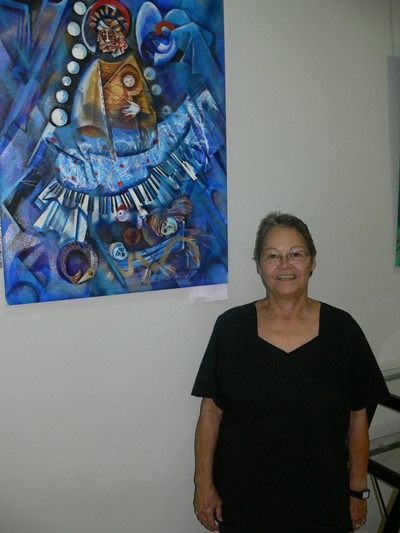 When did you hold your first exhibition as a professional artist?
When did you hold your first exhibition as a professional artist?
It was in 1970, just a year after I joined the Graphic Workshop. Before that, I had participated in drawing workshops, different things, but that was my first solo-show.
You have carried out many other individual and collective exhibitions…
I wouldn’t exaggerate the numbers, but I do have a significant amount of solo-shows, as well as intense participation in collective ones, in the nation’s cultural life, as well as other latitudes of the world, as Cuban and artist.
You were also linked to Osvaldo Guayasamin’s Capilla del Hombre project…
The history led a group of artists into that project. The country was living important and transcendent times;we had to close ranks and defend it “as soldiers” –although it might seem to be a hackneyed expression. We gathered to defend the Revolution from our art, and were invited by Guayasamin Foundation and the Commandant in Chief Fidel to create a mural in Capilla del Hombre and participate in the inauguration of that monument to Mankind and Latin American culture, which was dreamed and fortunately achieved by the Ecuadorian artist.
What topics do you tackle on your work?
I’ve dealt with several topics during these years. I had a series titledTronos, in which I worked with chairs as elements to reign and placed “reigning subjects” on them, fauna sometimes, fable, humans and animal kingdom. Other series left a mark, Sueños de Soledadfor instance, making reference to the female universe, was pretty long and intense. All in all, I’ve had different moments of artistic creation.
In what stylistic point of view would you inscribe your painting?
My work is substantially figurative. I’m not a realist, I can’t say that’s definitive, but can’t affirm that I’m absolutely a surrealist either. I believe that that derivation to experimentation has made me look at the expressionism. It was called magic realism sometimes, or surrealism… I’m kind of divorced from the “isms”, since I believe that labeling things has never helped us to be any better or happier, and I try to stay away from labels.
There are other motivations in your work: the Afro and music…
In recent times, specifically since year 2000, I’ve been using music as language, as expression way. I haven’t discovered that and I’m not showing off. Masters like Leo Brouwer have carried out profound analysis on the relation between music and plastic, and, in fact, that has been a constant element in the history of culture and mankind. For example, let’s think about the great operas and their stage designs, a sort of performancesthat combine both expressions. Let’s remind Pink Floyd’s shows, for instance, where they are clearly linked.
If we are more elemental, we can speak about common language: the tones in music and plastic, the silences in a composition and empty spaces on canvas. Since year 2000, I got professionally involved with the world of music, because I was interacting with Sara Gonzalez in terms of aesthetic creation, though I wasn’t on stage, and that got me close to the topic.
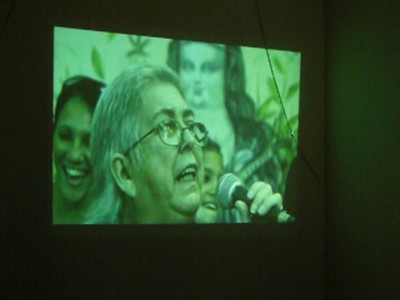 In the exhibition you’re presently inaugurating at Espacio Cultural Excelencias, in Madrid, titledSarabanda, there are motives linked to the music…
In the exhibition you’re presently inaugurating at Espacio Cultural Excelencias, in Madrid, titledSarabanda, there are motives linked to the music…
It has more to do with mysticism, beyond the Afro Cuban. I believe that the elements are, in all cases, Latin American-Afro Cubans. Sarabandais a medieval term that is identified with music, a Middle Age musical expression way. But in this case it also means that it “counts”, “sings” on the sacred. It also makes reference to something that is in fashion among musicians, who say: “I have my band”. And, since I’m paying tribute to Sara Gonzalez, I call Sarabandato the people who make up the “team” that is going to keep on accompanying Sara, so her work can stay among us.
It’s been a long time since 1970… do you still consider yourself a contemporary artist?
Yes, I think so. I believe that I will always be a contemporary artist, because if we think that we have already achieved everything, that we are in the first lines of creation, I think that we’ll return to the same position. I want to remain a contemporary forever.
Related Publications
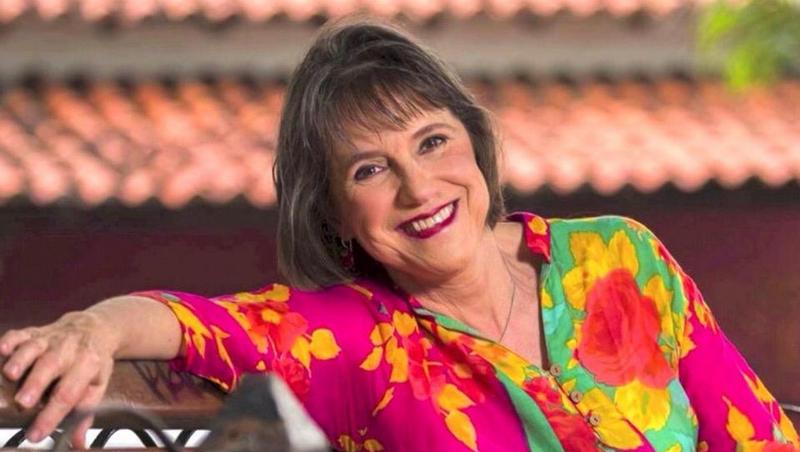
Cecilia Todd. Singing always makes sense
August 21, 2020
Q & A with Marguerite Horberg of Hot House
July 17, 2020